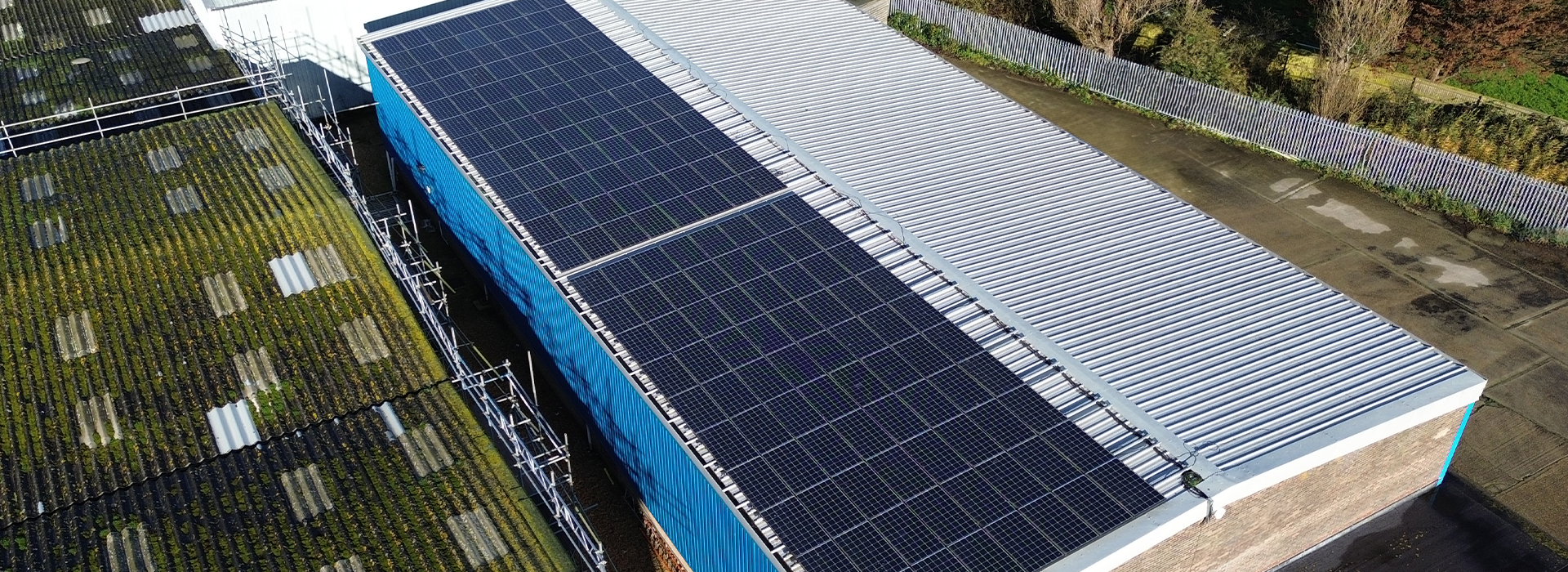In various industries, particularly those involving construction, maintenance, and manufacturing, fall protection is a critical aspect of ensuring worker safety. Falls are one of the leading causes of workplace injuries and fatalities. Hence, rigorous compliance with fall protection standards is essential. Certification by a professional plays a pivotal role in this compliance testing, ensuring that safety measures are not only in place but are also effective and reliable.
Importance of Fall Protection Compliance
The primary goal of fall protection compliance is to prevent falls and reduce the severity of injuries if they occur. Regulatory bodies, such as the Occupational Safety and Health Administration (OSHA) in the United States, set forth stringent guidelines and standards that employers must follow. These regulations cover various aspects, including the design, installation, maintenance, and use of fall protection systems.
Ensuring compliance with these regulations is not just about meeting legal requirements but also about fostering a culture of safety within the workplace. Compliance helps in minimising the risk of accidents, which can lead to significant financial and human costs.
The Role of Certification
Certification by a qualified professional is a cornerstone of effective fall protection compliance testing. Here’s why it’s crucial:
Expertise and Knowledge
Certified professionals bring a wealth of expertise and knowledge to the table. They are well-versed in the latest standards, regulations, and best practices related to fall protection. Their in-depth understanding allows them to assess fall protection systems comprehensively, identifying potential risks and ensuring that all components meet the required standards.
Thorough Inspection and Testing
Certification involves a thorough inspection and testing of fall protection equipment and systems. Certified professionals conduct detailed evaluations, checking for wear and tear, proper installation, and functionality. This meticulous approach helps in identifying and addressing issues that might not be apparent during routine checks.
Documentation and Compliance
Certified professionals provide essential documentation that serves as proof of compliance. This documentation is crucial during audits and inspections by regulatory bodies. It also provides a record of maintenance and testing, which is vital for ongoing compliance and safety.
Customised Solutions
Every workplace has unique challenges and risks associated with fall protection. Certified professionals can tailor their assessments and recommendations to fit the specific needs of a workplace. This customised approach ensures that fall protection measures are not just generic solutions but are effectively addressing the particular hazards of a site.
Training and Education
Beyond testing and certification, professionals often provide training and education to employees. This training ensures that workers are not only aware of the fall protection measures in place but also understand how to use them correctly. Proper training is crucial for the effectiveness of any fall protection system.
Ensuring Effective Fall Protection
To ensure effective fall protection, businesses should prioritise working with certified professionals. Here are some steps to achieve this:
Hire Qualified Professionals: Ensure that the individuals or companies conducting fall protection compliance testing are certified and have a proven track record of expertise in this area.
Regular Inspections and Maintenance: Fall protection systems should be inspected and maintained regularly. Certified professionals should conduct these inspections to ensure ongoing compliance and safety.
Employee Training: Invest in comprehensive training programs for employees, conducted by certified professionals. Regular training refreshers should be part of the workplace safety culture.
Stay Updated with Regulations: Regulatory standards and best practices for fall protection evolve over time. Working with certified professionals helps in staying updated with these changes and ensuring that your fall protection systems are always compliant.
Conclusion
Certification by a professional is indispensable in fall protection compliance testing. It ensures that safety measures are robust, reliable, and effective in preventing falls and protecting workers. By leveraging the expertise of certified professionals, businesses can create a safer work environment, reduce the risk of accidents, and comply with regulatory requirements. Prioritising certification and compliance is not just a legal obligation but a fundamental aspect of responsible and proactive workplace safety management.



